Table of Contents
Many are now using natural alternative treatments and dietary supplements to alleviate the symptoms of Parkinson’s Disease. And for prevention of the progression of Parkinson’s.
In this article, we will explore some of the best supplements for treating Parkinson’s Disease, based on scientific research and anecdotal evidence from those who use them. You are unlikely to get this information from your healthcare professional.
Parkinson’s Disease (PD) is a debilitating and progressive brain disorder that affects millions of people worldwide.
The symptoms of Parkinson’s include a variety of problems with movement such as tremors, rigidity, and difficulty with every day things like walking, eating, speaking and sleep.[i]
Other symptoms include cognitive impairment, depression, and anxiety.[ii]
What Parkinson’s looks like in the brain
Decades of imaging studies have shown what happens in the brain of those with Parkinson’s Disease.
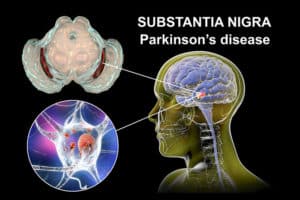 The main problem common to all forms of Parkinson’s is damage to the substantia nigra area of the brain. Showing substantial decreases in the concentration of dopamine neurons.
The main problem common to all forms of Parkinson’s is damage to the substantia nigra area of the brain. Showing substantial decreases in the concentration of dopamine neurons.
A large part of the problem with Parkinson’s is it is often not diagnosed until 70 – 80% of the brain’s dopamine neurons are lost.[iii]
Studies show that the aggregation and misfolding of α-Synuclein plays a critical role in the development of Parkinson’s Disease. And regulation and reduction of α-Synuclein levels may slow its progression.[iv]
Causes of Parkinson’s Disease
The loss of dopamine neurons in Parkinson’s is well known. But more recent research has shown what may be causing this cell death.
Parkinson’s Disease can be caused by exposure to metals, carbon monoxide, solvents, and agricultural and gardening chemicals.[v]
Working with the herbicide paraquat has been shown to increase the chances of developing Parkinson’s by three-fold.
The insecticide rotenone, which is toxic to mitochondria, increases reactive oxygen species (ROS), and reduces the production of adenosine triphosphate (ATP). Contributing to the development Parkinson’s.[vi]
More recently a genetic cause has been discovered that may account for 3 – 5% of all Parkinson’s patients.[vii]
The use of certain drugs, and even other neurodegenerative diseases can lead to Parkinson’s-like symptoms.
Studies have shown the traumatic brain injury (TBI) can increase the risk of developing Parkinson’s Disease. Mild TBI (concussion) increases your risk by 1.5-times, and severe TBI increases your risk by 1.8-times.[viii]
 Natural Remedies for Parkinson’s Disease
Natural Remedies for Parkinson’s Disease
The following are a list of natural nootropic supplements for Parkinson’s with a brief description for each that have been shown to help either avoid, slow down the progression, or to alleviate the symptoms of Parkinson’s Disease.
I do not suggest using all of the nutritional supplements on this list. Instead, click on the link and read the full review for each of the supplements that resonate with you because you unlikely to get these from even a healthy diet.
Follow dosage recommendations and make sure you read the side effects section for each to ensure that supplement is not contraindicated with any med you are currently using.
L-DOPA (Mucuna Pruriens)
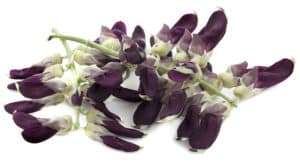 L-DOPA (Mucuna Pruriens extract) – 500 – 1000 mg 3-times per day – is as a natural alternative to Carbidopa (Lodosyn, Sinemet, Atamet) to increase brain dopamine levels and without the side effects associated with Carbidopa – this is a natural precursor to the synthesis of dopamine – I recommend: Cur EASE® L-DOPA 99% (Amazon)
L-DOPA (Mucuna Pruriens extract) – 500 – 1000 mg 3-times per day – is as a natural alternative to Carbidopa (Lodosyn, Sinemet, Atamet) to increase brain dopamine levels and without the side effects associated with Carbidopa – this is a natural precursor to the synthesis of dopamine – I recommend: Cur EASE® L-DOPA 99% (Amazon)
Acetyl L-Carnitine (ALCAR)
Acetyl L-Carnitine (ALCAR) – 500 mg twice per day – helps transport of fatty acids into mitochondria to make adenosine triphosphate (ATP) – a required cofactor for acetylcholine synthesis – boosts brain-derived neurotrophic factor (BDNF) needed for brain cell repair and neurogenesis – a study conducted at the Mount Sinai School of Medicine in New York found that ALCAR has potential in treating the symptoms of Parkinson’s Disease.[ix] By directly affecting mitochondrial respiration and assisting dopamine neurons and the use of dopamine in the brain. – I use and recommend: Superior Labs – Acetyl L-Carnitine (ALCAR) (Amazon) or Performance Lab® Energy
Ashwagandha
Ashwagandha – 250 – 500 mg per day – helps prevent, and repair damage caused by Alzheimer’s and Parkinson’s[x] – reduces cortisol – helps regenerate axons and dendrites and reconstruct synapses by increasing BDNF – lowers blood sugar – reduces LDL cholesterol – I recommend: Nutricost Ashwagandha Root Extract (as KSM-66®) (Amazon)
Black Seed Oil
Black Seed Oil – 1 teaspoon 3-times per day – studies show Black Seed Oil helps with Alzheimer’s, Parkinson’s,[xi] depression, brain inflammation, epilepsy, reduced blood flow, glial tumors, and traumatic brain injury (TBI)[xii] – I recommend: Amazing Herbs – Black Seed Oil (Amazon) (NOTE: Black Seed Oil tastes particularly nasty. It reminds me of turpentine).
CDP-Choline (Citicoline)
CDP-Choline (Citicoline) – 750 – 1500 mg per day – contributes to the synthesis of phospholipids, which are essential for the assembly and repair of brain cell and mitochondrial membranes – studies have shown using CDP-Choline can help reduce the dose of L-DOPA by 50% without any reduction in symptom control[xiii] – likely because it helps the reuptake of dopamine in synapses and activates the enzyme needed for increased dopamine production – I recommend: Mind Lab Pro® or Zazzee CDP Choline (Citicoline) (Amazon)
CoQ10
CoQ10 – 1200 mg per day – a study at University of California, San Diego showed that CoQ10 can slow the progression of Parkinson’s disease.[xiv] I recommend: Pure Encapsulations CoQ10 (Amazon)
Creatine
Creatine – up to 5 grams per day – used to produce adenosine triphosphate (ATP) synthesized within mitochondria and is critical for maintaining cellular energy levels – has been proven for neuroprotection in a wide range of neurodegenerative diseases. Including Parkinson’s, ALS, Alzheimer’s, and stroke[xv] Note that a 2016 large study showed that if you are using 300 mg or more of caffeine per day you should NOT use Creatine or you will increase the progression of Parkinson’s. – I recommend: Optimum Nutrition Micronized Creatine Monohydrate (Amazon)
Turmeric (Curcumin)
Curcumin – recent research has demonstrated that Curcumin helps prevent the aggregation of α-Synuclein that plays a role in Parkinson’s Disease[xvi] – I use and recommend: Health Thru Nutrition – Curcumin (as BCM-95®) with Carlyle BioPerine (Amazon) to improve absorption
Lion’s Mane Mushroom
Lion’s Mane Mushroom extract – 1,000 mg twice per day – prevents and treats nerve cells that are damaged in the brain. Once past the blood-brain barrier, Lion’s Mane stimulates enzyme production that releases Nerve Growth Factor (NGF). Nerve regeneration helps relieve neurodegenerative disease symptoms such as Parkinson’s Disease. – I use and recommend: Real Mushrooms – Lion’s Mane (use my discount code for 10% off: Nootropics10)
N-Acetyl L-Cysteine (NAC)
N-Acetyl L-Cysteine (NAC) – 500 mg 3-times per day – NAC has the unique ability to enable dopamine neurons to recover their function including in those dealing with Parkinson’s[xvii] – I use and recommend: Life Extension – NAC
Passionflower
 Passionflower extract 250 mg per day – helps with panic attacks, seizures, headaches, menstrual pain, and Parkinson’s Disease[xviii] – I recommend: Puritans Pride Passionflower extract (Amazon)
Passionflower extract 250 mg per day – helps with panic attacks, seizures, headaches, menstrual pain, and Parkinson’s Disease[xviii] – I recommend: Puritans Pride Passionflower extract (Amazon)
Pine Bark Extract
Pine Bark Extract – 350 mg twice per day – increases cerebral blood flow and reduces oxidative stress and inflammation helping to prevent Parkinson’s Disease and its progression[xix] – I recommend: Zazzee French Maritime Pine Bark Extract (Amazon)
Polygala Tenuifolia
Polygala Tenuifolia – boosts the expression of brain-derived neurotrophic factor (BDNF) and Nerve Growth Factor (NGF) – has also been found to increase dopamine neurons and improve motor impairment in Parkinson’s Disease[xx] – I recommend: Polygala tenuifolia 20:1 Extract Capsules
PQQ
PQQ – 20 mg 3-times per day – prevents the formation of a-synuclein proteins that contribute to the development of Parkinson’s Disease[xxi] – I recommend: Performance Lab® Energy or Doctor’s Best PQQ (with BioPQQ®) (Amazon)
Saffron
Saffron – 88.25 mg per day – some of the symptoms of Parkinson’s Disease originate from under-utilization of dopamine in the substantia nigra area of the brain. Studies show Saffron helps protect the substantia nigra dopamine neurons associated with Parkinson’s[xxii] – I recommend: Double Wood Supplements Saffron
St. John’s wort
St. John’s wort – 300 mg 3-times per day – several studies show that the main active ingredient in this herb lowered substantia nigra DNA fragmentation, and prevented damage of substantia nigra dopamine neurons – and conclude “these findings reveal the beneficial effect of H. perforatum via attenuation of DNA fragmentation, astrogliosis, inflammation, and oxidative stress”[xxiii] – I recommend: Nature’s Way – St. John’s wort (Perika®) (Amazon)
 Sulforaphane
Sulforaphane
Sulforaphane – 35 mg per day – protects against cell degeneration that causes diseases like Parkinson’s and may help reduce its progression. By acting as an antioxidant, anti-inflammatory, and anti-apoptotic (healthy brain cell cycle)[xxiv] – I use and recommend: AVMACOL® (Sulforaphane with Myrosinase) (Amazon)
Taurine
Taurine – 1.000 mg twice per day – is particularly effective for those using levodopa to treat Parkinson’s Disease because the drug depletes natural taurine levels in your body[xxv] – I recommend: Life Extension – Taurine
Valerian
Valerian – 200 – 600 mg before bed – stacked with Lemon Balm for sleep – Valerian is a very potent supplement so be careful with dosage – some say Valerian helps calm the symptoms of Parkinson’s and clinical studies back this up[xxvi] – I recommend: American Standard – Valerian (Amazon)
Vinpocetine
Vinpocetine – 10 mg 3-times per day – please click through to my review of Vinpocetine and scroll down to the section called “Vinpocetine is an anti-inflammatory” because it is too detailed to explain here but is very much worth reading if you are dealing with Parkinson’s Disease[xxvii] – I use and recommend: Life Extension – Vinpocetine
The Synergy of Vitamins C, D, and E with Natural Nootropics
Don’t underestimate the power of these vitamins. Vitamin D deficiency, in particular, has been linked to a higher risk of developing Parkinson’s. And is important for your bone health.
Alzheimer’s disease is associated with a decrease in Vitamin D receptors in the hippocampus. Lack of gene expression from insufficient Vitamin D contributes to Parkinson’s Disease. The only other way to get Vitamin D is from plenty of sunlight exposure every day.
Vitamin C, on the other hand, is known to be an excellent antioxidant supplement that can fight off free radicals, slowing down cell damage. And Vitamin E has also been shown to exert neuroprotective effects.
Antioxidant Supplements
Given the role of oxidative stress in Parkinson’s, antioxidants like CoQ10 can be game-changers. A study even showed that CoQ10 could slow the progression of the disease.
Blood Pressure and Parkinson’s: The Untold Connection
Now, let’s talk about something not many are discussing—blood pressure. Some studies suggest a connection between high blood pressure and the risk of developing Parkinson’s Disease. Monitoring your blood pressure and maintaining it within a healthy range can be another proactive approach with the right combination of natural nootropics.
 Tips and Takeaways
Tips and Takeaways
Parkinson’s Disease is often not diagnosed until the disease is well established. By then the substantia nigra region of the brain has lost 70 – 80% of its dopamine neurons which by then are very difficult to recover.
You may slow the progression of Parkinson’s Disease by using some of the natural nootropic and herbal food supplements detailed above. I highly recommend reading the full linked review for each supplement including how it works, dosage recommendations, side effects, and timing during the day before you begin using the supplement.
And do not discount the importance of healthy Vitamin D levels, Vitamin C, and dietary Vitamin E supplements to your daily routine.
But there are no guarantees that they will work. Success depends on many factors including the progression of the disease, how your body and brain react to these supplements, genetics and more.
However, many with Parkinson’s have experienced a better quality of life when using these supplements.
Get started by choosing from the list of supplements above, do your research including Nootropics Expert®, follow dosage recommendations and timing during the day, and get started.
There is hope for a better life. We know because of the science, and many have reported their own experience that these nootropic supplements can work. Don’t wait and get started today.


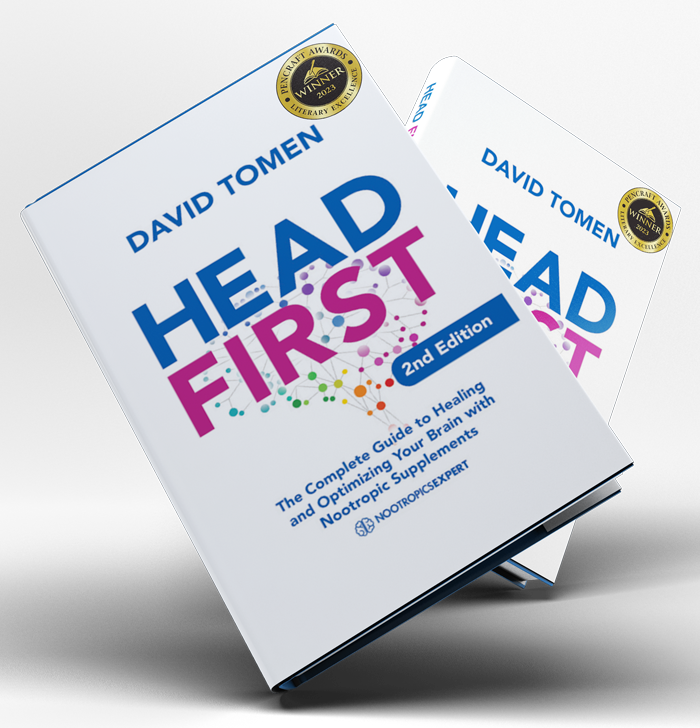
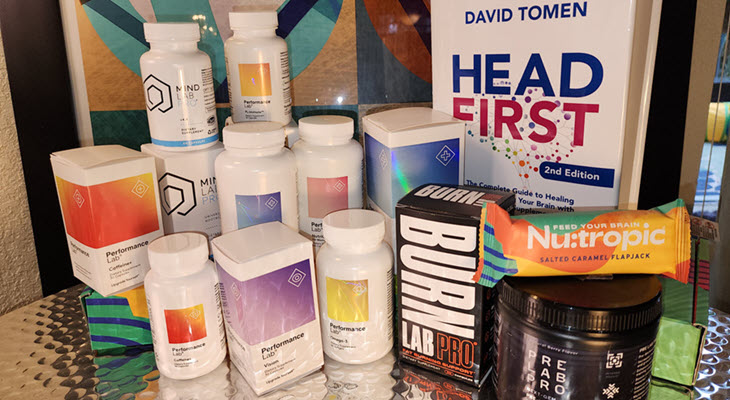
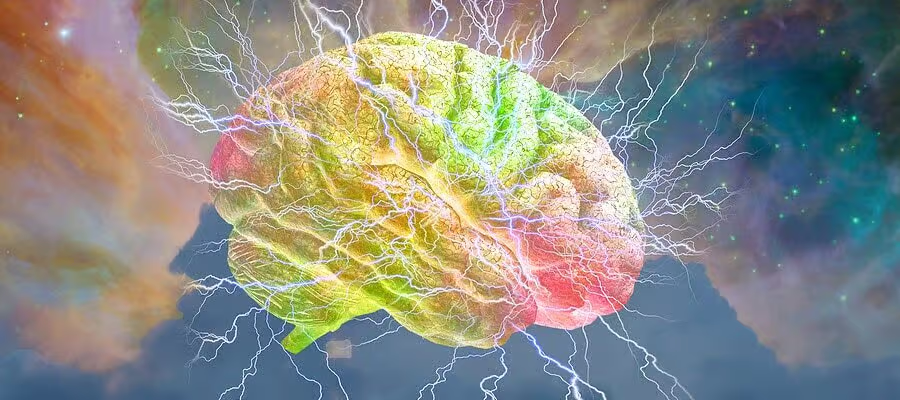
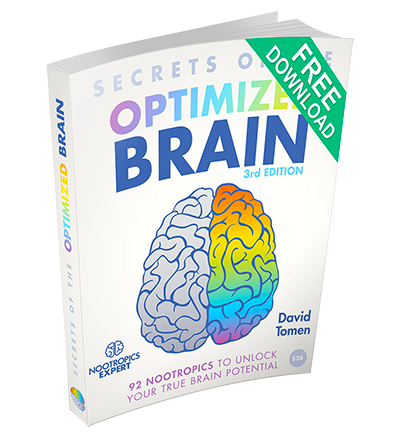
Join The Discussion - 38 comments
Tom Rommelmann
March 7, 2025
I really appreciate this video and prior to watching it I viewed your video on sulbutiamine which you said you’ve been taking for ten years. Since I’ve seen a recommendation elsewhere for it being useful for Parkinson’s, I was wondering why you didn’t include it in this video.
Do you think it would also be helpful?
David Tomen
March 10, 2025
Tom, thiamine did not come up in my Parkinson’s’ Disease research. But when I search for it directly there seems to be an association. So you are correct and I need to update this article after I have gone through this study in detail: https://pmc.ncbi.nlm.nih.gov/articles/PMC6493530/. So yes, it looks like Sulbutiamine would be a great nootropic supplement for Parkinson’s. Thank you for bringing this to my attention. Much appreciated.
Tom Rommelmann
March 12, 2025
Thanks for getting back to me Mr. Tomen. I first heard about Sulbutiamine when Dr Eric Berg said it would be helpful for Parkinson’s and then I became even more interested when I saw your video on it, especially since you’ve been takiing it for ten years!
Ana Balci
October 11, 2024
Wow! It is probably not possible to take all of the supplements….. Which ones ( 3 or 4 ) would you consider as the most beneficial to begin with to remedy movement difficulties, stiffness, and tremors, after L-Dopa? (Adding other supplements gradually with time)
David Tomen
October 11, 2024
Ana, some of them are very fundamental and absolutely should be used including L-DOPA 99%, ALCAR and CDP-Choline. For the others, I suggest you read the benefit for Parkinson’s for each supplement. Do you want to stop the progression of Parkinson’s? Or just feel better right now. That is why I encourage you to read about each one carefully until you understand exactly how it benefits Parkinson’s.
If I was dealing with Parkinson’s I would find a way to use nearly every supplement on the above list.
hellene l maier
August 4, 2024
Is there any nootropic that includes many of these recommendations in one pill
David Tomen
August 6, 2024
Hellene, there is not any nootropic stack containing the supplements I suggest above for Parkinson’s. It would not be practical to attempt to develop such as stack because of the amount of L-DOPA you would need to include in such a stack.